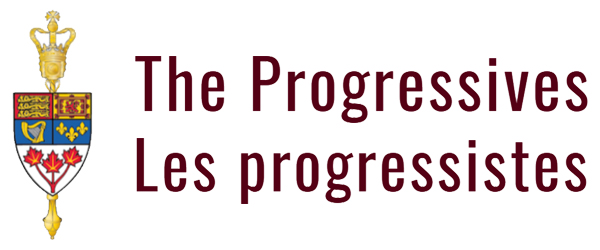Everyone agrees it is time to substantially reform employment insurance (EI). Consultations held by the federal Department of Employment and Social Development confirm that the system is not suited to the realities of the labour market. It has also become too complex and frustrating for Canadians.
At the pace at which reform is going, the EI program will not be ready to handle any new emergencies, whether it’s a recession created by monetary policy or an unpredictable crisis related to climate change. Yet, EI is supposed to be the flagship program in the arsenal of public measures to financially support people when they are unemployed, automatically stabilize the economy and encourage the necessary structural adjustments.
When will we have a clear vision of the reform that the federal government plans to undertake? Employment insurance is like an ocean liner stuck in the Rideau Canal.
Let’s recall how and why employment insurance became a federal responsibility in 1940.
In the aftermath of the Great Depression of the 1930s, triggered by an unprecedented financial crisis, the private insurance plans of large companies all failed. The hard times experienced by the unemployed snowballed and plunged the Canadian economy into one of the worst recessions in history. Under pressure from all sides and unable to respond to the magnitude of the crisis, municipalities, provinces, unions and charities all called for federal intervention. As a result, a constitutional amendment was passed to allow the federal government to create a type of social insurance program.
Initially, the program was managed by a tripartite agency, the Unemployment Insurance Commission, and overseen by a local network of employment offices. The federal government contributed 20% of the costs. The federal contribution spoke for itself; the unemployment insurance program became the largest economic stabilizer in times of crisis and recession. As previously mentioned, it was precisely because of the federal government’s financial capacity to assume an economic stabilization role that the provinces agreed to the constitutional change.
Today, the context is different from what it was in 1940.
First, the cost of the program is currently borne entirely by businesses and workers. In 1990, the federal government unilaterally decided to end its direct contributions and, ironically, to then use surpluses to reduce its deficit. However, EI still plays an economic stabilization role.
Soon, the federal policy of fighting inflation through rising interest rates will slow the economy. Is it sensible to believe that businesses and workers alone will bear the economic cost of that strategy? The federal government must be financially involved in the program’s economic stabilization role; that is its duty.
Moreover, employment insurance is now managed by Employment and Social Development Canada, not an agency independent of political powers. How can we explain that businesses and employees are not more involved in governing the program, when they are the ones funding it?
Also, shouldn’t the provinces, based on the principle of solidarity, play a greater role in managing regular benefits and skills development programs? Is it fair to deprive the provinces of the opportunity to implement strategies, funded by the employment insurance program, that would allow them to better address unforeseen economic crises?
EI failed during the COVID-19 crisis. The federal government intervened through the Canada Revenue Agency. Its intervention could have been more effective and less costly. While preserving the federal government’s fiduciary role under this program, reform could give the provinces and labour market partners greater flexibility to innovate to deal with workforce-related problems, such as labour shortages, ageing and job transitions.
In this respect, Quebec and its labour market partners played a major role in the changes to employment insurance in the 1990s. They have since shown that they’re able to effectively manage Part II of the Employment Insurance Act for certain labour market measures. I sincerely hope they can continue to play the role of the tugboat that will help the EI ocean liner out of the canal.
Senator Diane Bellemare represents the senatorial division of Alma in Quebec.
A version of this article appeared in the September 24, 2022 edition of Le Devoir (French only).

